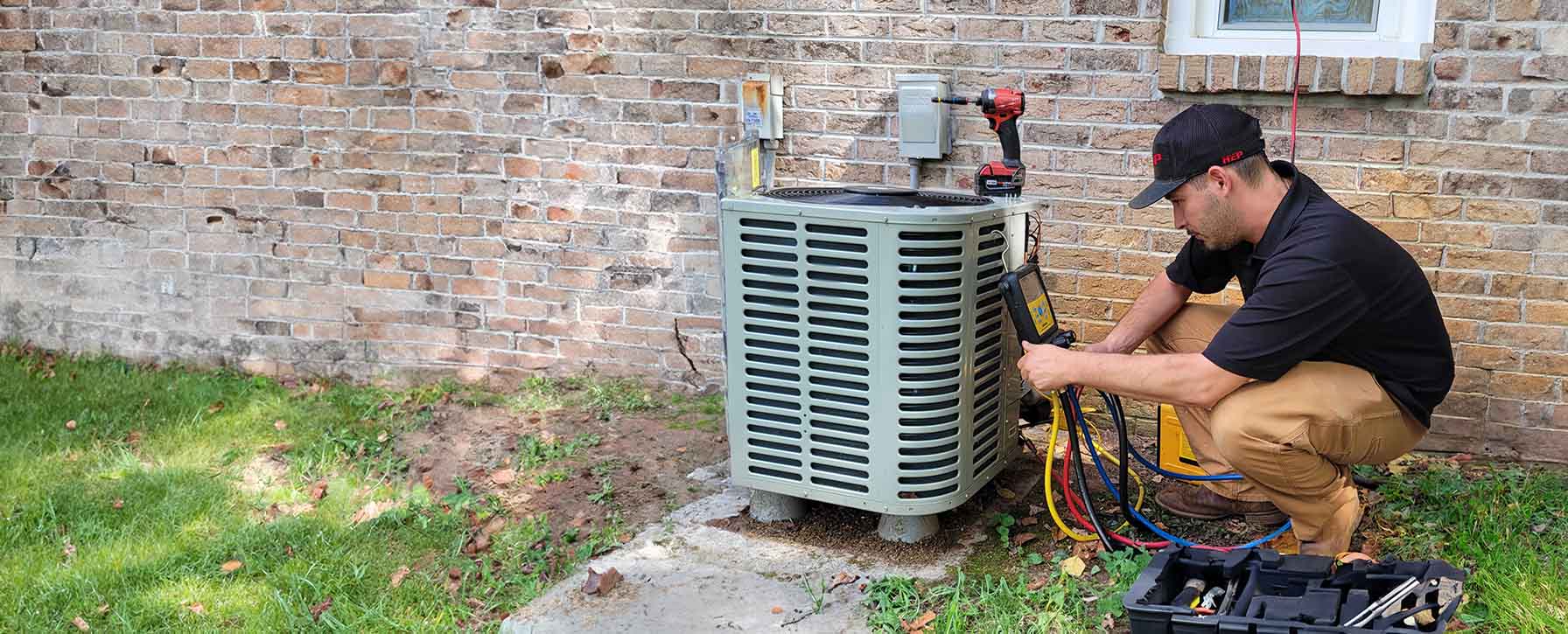

Air Quality
Your trusted partner for professional home services. Quality workmanship, guaranteed satisfaction.




- HEP
- Air Quality
Air Quality | Ventilation and Air Quality | Heating and Air Conditioning | New Market
Breathe easier in New Market with HEP’s trusted experts on your side. Our technicians don’t just repair HVAC units—they create healthier living spaces by focusing on one vital promise: better ventilation and air quality. From historic farmhouses to modern builds, we evaluate each home’s unique airflow patterns, pinpoint hidden pollutants, and design tailored solutions that keep every room feeling crisp, fresh, and comfortable year-round.
Whether you need high-efficiency air cleaners, UV purification, whole-home dehumidifiers, or a complete duct overhaul, HEP delivers meticulous installations backed by transparent pricing and hometown hospitality. Let us remove the guesswork—and the irritants—so you can enjoy a quieter system, lower energy bills, and the peace of mind that comes from truly clean indoor air.
FAQs
Why is indoor air quality such a concern for homes and businesses in New Market?
Because of New Market’s humid subtropical climate, homes are closed up most of the year for cooling or heating. This traps moisture, allergens, and outdoor pollutants (pollen, dust, exhaust) inside. Poor IAQ has been linked to headaches, respiratory issues, aggravated asthma, and higher energy bills. A properly designed HVAC and ventilation system keeps indoor pollutants below recommended levels and controls humidity year-round.
How often should I replace or clean my HVAC air filter?
For most New Market households, 1-inch disposable filters should be replaced every 30–60 days during peak cooling and heating seasons. If you have pets, smokers, allergies, or live near construction or farmland, check filters every 30 days. High-efficiency 4- to 5-inch media filters last 6–12 months, while washable electrostatic filters should be cleaned monthly. A clogged filter restricts airflow, lowers comfort, increases energy use, and strains the blower motor.
What types of indoor air quality products do you recommend?
The right mix depends on your home and concerns, but common solutions include: (1) MERV-13+ pleated media filters for finer particle capture, (2) whole-home UV-C lights or bipolar ionization to neutralize viruses, bacteria, and mold spores in the airstream, (3) energy-recovery ventilators (ERVs) that bring in fresh outdoor air while exhausting stale indoor air with minimal energy loss, (4) dehumidifiers to keep relative humidity between 40–50%, and (5) humidifiers for dry winter air. Our technicians perform a free IAQ assessment before making recommendations.
Does duct cleaning really improve air quality and system performance?
If your ductwork is properly sealed, filtered, and free of visible mold or heavy debris, routine duct cleaning may offer limited benefit. However, in older New Market homes with leaky or uninsulated ducts, cleaning can remove accumulated dust, pollen, pet dander, and construction debris that continually circulate. After cleaning, we seal any leaks and add correct filtration to prevent re-contamination. Customers often report reduced dust on furniture and improved airflow from registers.
Can better ventilation lower my utility bills?
Yes. Modern ventilation devices such as ERVs transfer heat and moisture between incoming and outgoing air streams. In summer, an ERV pre-cools and dehumidifies fresh air, reducing your A/C load; in winter it captures heat and moisture that would otherwise be exhausted. Studies show ERVs can cut ventilation-related energy use by up to 50% while delivering healthier indoor air.
How do I know if my home needs an indoor air quality upgrade?
Warning signs include persistent musty odors, visible mold, excess dust, condensation on windows, allergy or asthma flare-ups, and uneven humidity levels. If any of these occur, schedule a professional IAQ evaluation. We use particle counters, humidity sensors, and carbon dioxide meters to pinpoint problems. You’ll receive a detailed report with prioritized solutions that fit your budget.